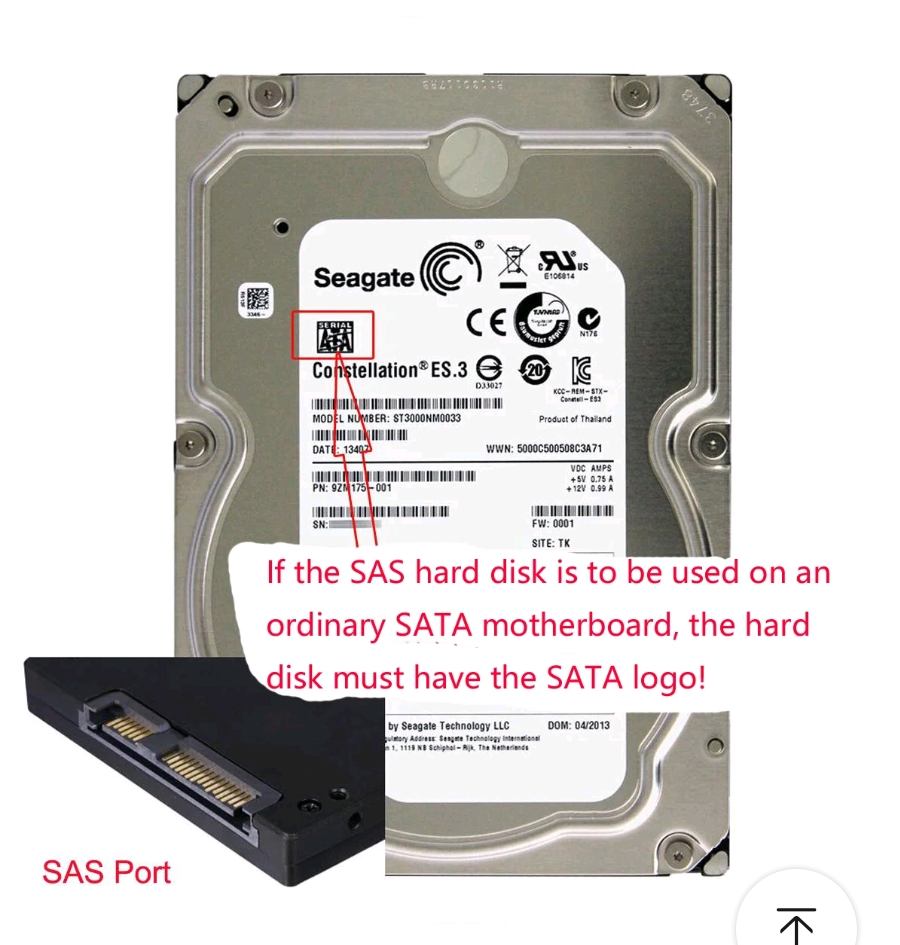

3 horses = 3 horsepower, which translates to a whopping 393.6 Duckpower.
Honestly, why are we still using horses as the standard here? Ducks are clearly the superior metric. So if you’re like me and prefer a more feathered approach, just remember:
3 horses = 3 horsepower = 393.6 ducks You’re welcome.
(PS: Just imagine 393.6 ducks handling 10Gb… now that’s efficiency.)





Alright, let’s get into the nitty-gritty of Duckpower.
First, let’s settle the “waddling vs. flying vs. swimming” debate. Horses aren’t big on flying, so we’re talking waddling power here. Until someone locates a Pegasus, we’re limited to the traditional land-bound horsepower. If you want swimming power, I guess you’d need to measure a seahorse?
Now, here’s where it gets serious: according to the brilliant minds at Art of Engineering, we can calculate Duckpower using a clever formula. They took the mass of a duck, compared it to a horse, and ran it through Kleiber’s Law. The answer? One horsepower = 131.2 Duckpower. So, back to our math:
3 horsepower = 3 x 131.2 Duckpower = 393.6 ducks waddling their hearts out.
But wait! We probably don’t need all 393.6 ducks if we give them some solid shift schedules. Horses only get 3 HP so two can rest; following this logic, we’d only need around 100 well-rested ducks, provided they get naps and stay hydrated.
So, let’s optimize our duck workforce with a shift schedule. Assuming we only need 100 ducks, here’s the plan:
Duckpower Shift Schedule:
Total Ducks: 100
Working Ducks per Shift: 25
Shift Duration: 2 hours on, 6 hours off (plenty of time for snacks and naps)
In a day, we’d run 4 shifts like this:
Shift 1: 25 ducks start strong at 8:00 AM, waddling with purpose.
Shift 2: Fresh 25 ducks take over at 10:00 AM while Shift 1 ducks hit the ducky lounge for snacks and a nap.
Shift 3: At 12:00 PM, another 25 ducks clock in to keep those wheels turning.
Shift 4: Finally, at 2:00 PM, the last 25 ducks take over while the others catch up on R&R.
With this cycle, each duck works only 2 hours out of every 8, staying energized, waddling at peak efficiency, and ready for action.
TL;DR: 3 horsepower = 393.6 ducks waddling but if we set up a 4-shift system, we can pull this off with only 100 ducks working 2 hours each, plus snack breaks.